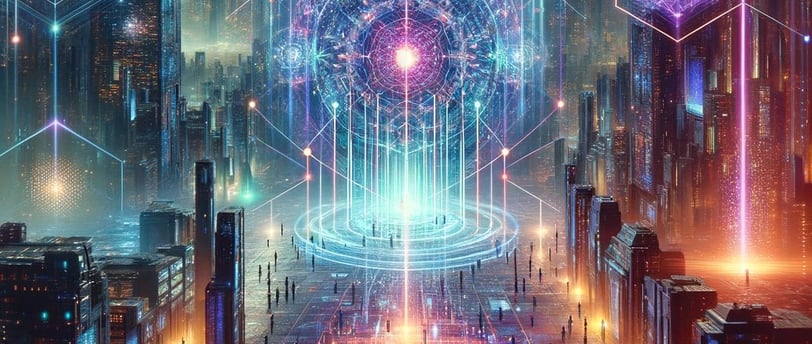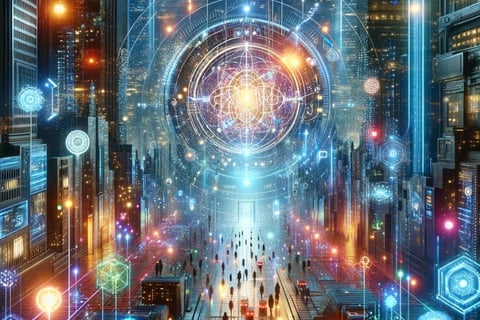Coincidences and Synchronicities
An Intriguing World
FREQUENCIES AND VIBRATIONSMINDSET


"Is it just a coincidence?" This question often arises when we encounter something seemingly unconnected yet strikingly relevant to our current situation or thoughts. But how do we differentiate a mere coincidence from a meaningful connection? Even scientists, those pillars of logic and fact, have grappled with this conundrum. Let's delve into this fascinating topic, exploring the thin line between mere happenstance and profound synchronicity.
Coincidence or Cosmic Puzzle?
Remember the first time you looked at a picture of Earth? The continents appeared like puzzle pieces fitting together perfectly. This visual wasn't just a random occurrence; it was the physical manifestation of a supercontinent called Pangea, which existed about 100 million years ago. Despite its scientific basis, the concept of continental drift wasn't readily accepted in the scientific community. In the early 1900s, most scientists didn't believe continents could move. They even theorized a massive land bridge to explain the similarities between flora and fauna in Africa and South America.
Enter Alfred Wegener, a German geophysicist who proposed that Africa and South America were once connected. He backed his theory with evidence from rock formations and fossil records, but the scientific community largely dismissed his findings as mere coincidence. It wasn't until the 1950s that Wegener's theory of continental drift gained acceptance. This shift in perspective reminds us that even the most logical minds can initially reject groundbreaking ideas.
Synchronicity: The Concept of Meaningful Coincidences
Carl Jung, the renowned Swiss psychologist, introduced the idea of synchronicity – the occurrence of meaningful coincidences. According to Jung, these events go beyond cause and effect, linking instead through significance. Synchronicity happens when an external event resonates with our thoughts or feelings, suggesting a deeper, interconnected order in the universe.
Unus Mundus: The Unified World
Jung's concept of Unus Mundus, the unified world, suggests that we're all part of a network that gives us a sense of universal wholeness. This idea echoes Pythagoras's belief that numbers form the basic structure connecting everything in the universe. It's not just an intellectual exercise but a spiritual awakening, urging us to pay attention to synchronicities.
The Finely Tuned Universe: A Grand Coincidence?
Many scientists have noted that the physical laws governing our universe seem perfectly arranged to support life. Mathematical constants like the speed of light and gravitational force are precisely tuned to allow the universe to sustain life. It raises the question: Is it mere coincidence that these laws and constants are as they are, or does it imply a finely tuned universe?
Numerology and Angel Numbers
In numerology, recurring numbers in our lives are seen as messages from the universe, similar to how recurring dreams are messages from our subconscious. These 'angel numbers' can provide insights into opportunities and paths in our lives. It's up to us whether we recognize and act on these messages.
From the shifting continents of Pangea to the mysterious alignment of numbers in our lives, the world is full of coincidences that may hold deeper meanings. As we journey through life, paying attention to these signs can reveal the interconnectedness of our existence. Whether it's a scientific theory like continental drift or a personal experience with synchronicity, these events challenge us to look beyond the surface and explore the profound mysteries of our universe. So, the next time you encounter a 'coincidence,' pause and ponder – it might just be the universe nudging you towards a greater understanding.



